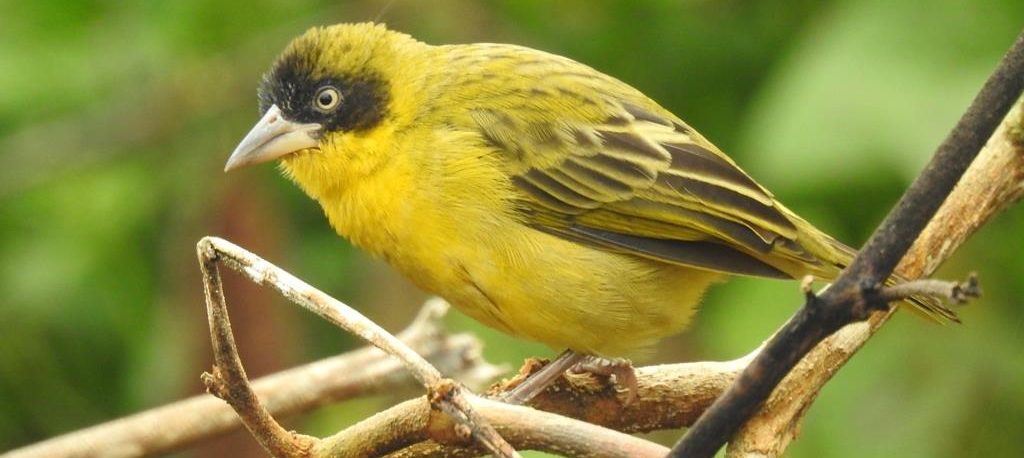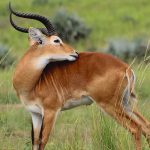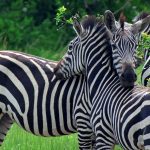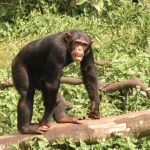Birding Destinations
Lake Mburo National Park
Lake Mburo National Park is dominated by tall grass savanna dotted with Acacia and Euphorbia trees. Dense thorn thickets occur along the watercourses. The park contains an extensive area of wetland, harbors several species of mammals and a great bird population. Its sculptured landscape with rolling grassy hills and idyllic lakeshores has a varied mosaic of habitats ranging from forest galleries; rich acacia tree valleys, to seasonal and permanent swamps, which all support a wealth of wildlife.
Common conspicuous birds encountered include; Crested Francolin, Red-necked Spur fowl, Arrow-marked Babler, Emerald-spotted Wood-dove, Brown Parrot, Barefaced Go-away-bird. Blue-napped and Speckled Mousebird, Lilac-breasted and Broad-billed Roller, Green Wood-hoopoe, Common Scimitar bill, African Grey Hornbill, Spot-flanked Barbet, Nubian Woodpecker, Trilling Cisticola, Yellow-breasted Apalis, Northern Black Flycatcher, Chin-spot Batis, Greater Blue-eared Starling and Marico sunbird ,Coqui Francolin, Red-necked Spur fowl, Black-bellied Bustard, Temminck’s Courser, African Wattled Plover, Rufous-naped, Lapped Larks, Rufous-chested Swallow, Yellow-throated Long claw and Southern Red Bishop, Brown-chested Plover, Northern Ground Hornbill, African Scops Owl, Verreaux’s Eagle Owl ,Fiery-necked, White-tailed, Pennant-winged Nightjars, Papyrus Gonolek ,,African Fin foot African Darter, Water Thicknee, Hamerkop, African Water Rail, Spur-winged Plover, the Giant, Pied and Malachite Kingfishers, Yellow-throated Leaflove, Red-faced Barbet. Long tailed warbler, Red-headed Lovebird, Narina Trogon, Lead-coloured Flycatcher, Green-capped Eremomela, the Black Cuckoo-shrike, African White-backed, Reppell’s Griffon, Lappet-faced, White-headed Vultures, African Marsh Harrier, Black-chested, Brown and Banded Snake Eagles, Bateleur, African Harrier Hawk, Shikra, Gabar, Dark Chanting Goshawks, Lizard and Augur Buzzards, African Fish, Tawny, Steppe, African Hawk, Long-crested and Martial Eagles and the Grey Kestrel.
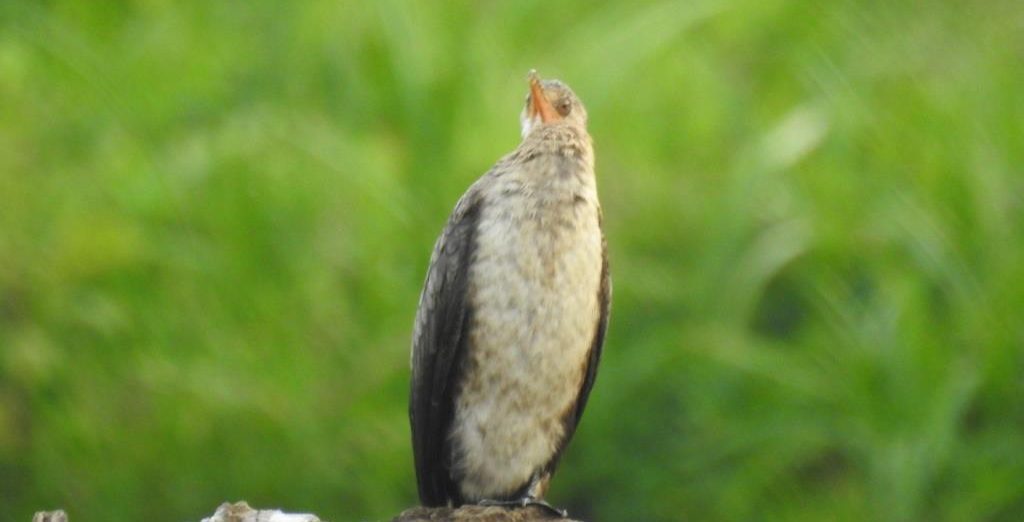
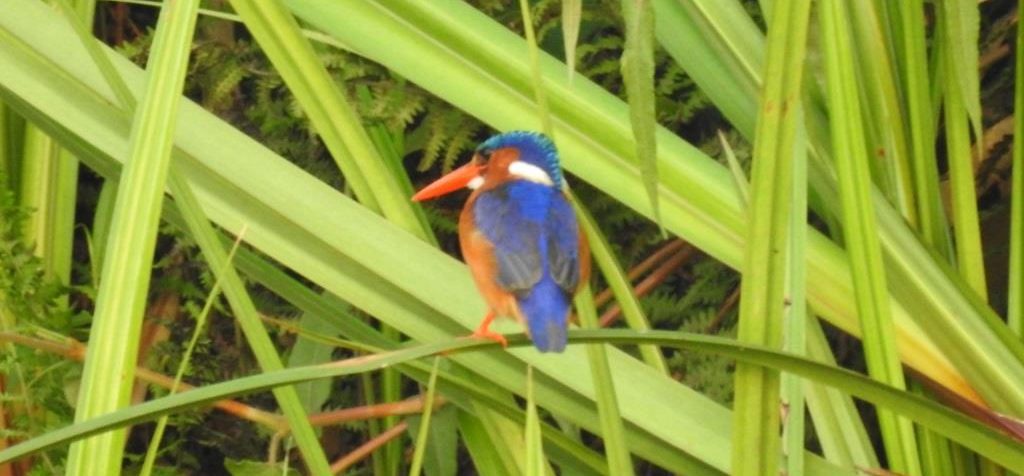
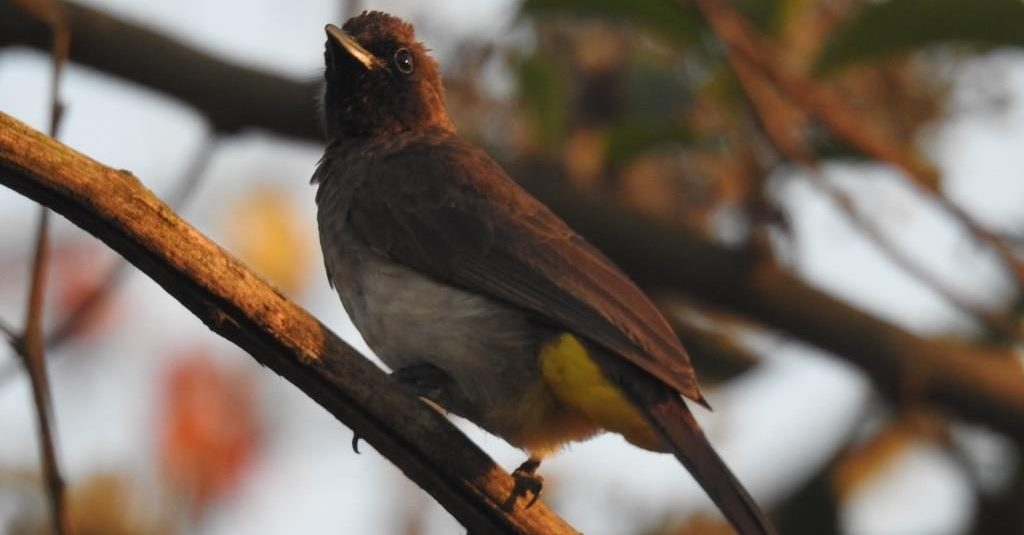
Kidepo National Park
Kidepo is one of Uganda’s most spectacular parks. It harbors scenery unsurpassed in any other park in East Africa. Tucked into the corner of Uganda’s border with Sudan and Kenya, the park offers breathtaking savannah and mountain landscapes which end in a rugged horizon. A huge altitudinal range, correspondingly wide climatic conditions have evolved an extremely diverse flora. As a result the variety of animal species in the park is equally abundant including, many which are found nowhere else in Uganda.
Amongst the host of dry, eastern “specials” not found in any other Ugandan national parks are some of East Africa’s rarest and most sought after birds such as the Black-Breasted Barbet and the Karamoja Apalis. Other species that are in Kidepo include; Golden Pipit, Ring-Necked Spurfowl, Taita Fiscal, Rufous Chatterer, Fox’s Cisticola, Yellow and Red Spotted Barbet, Fox’s Weaver, Lesser Kestrel, Pallid Harrier, Black-Winged Pranticole, White-Crested, Hartlaub’s Turaccos, Dusky-Turtle Dove, White-Bellied Go-Away-Bird, Abyssinian Scimitar bill, Jackson’s African-Pied Hornbills, Yellow-Billed Shrike, Emin’s Shrike, Piapiac, Red-Winged Lark, Black-Rumped Waxbill, Little Rock Thrush and Brown Parisona. The site also has 16 Sudan and Guinea Savanna species, and 4 Guinea Congo forest Biome species.
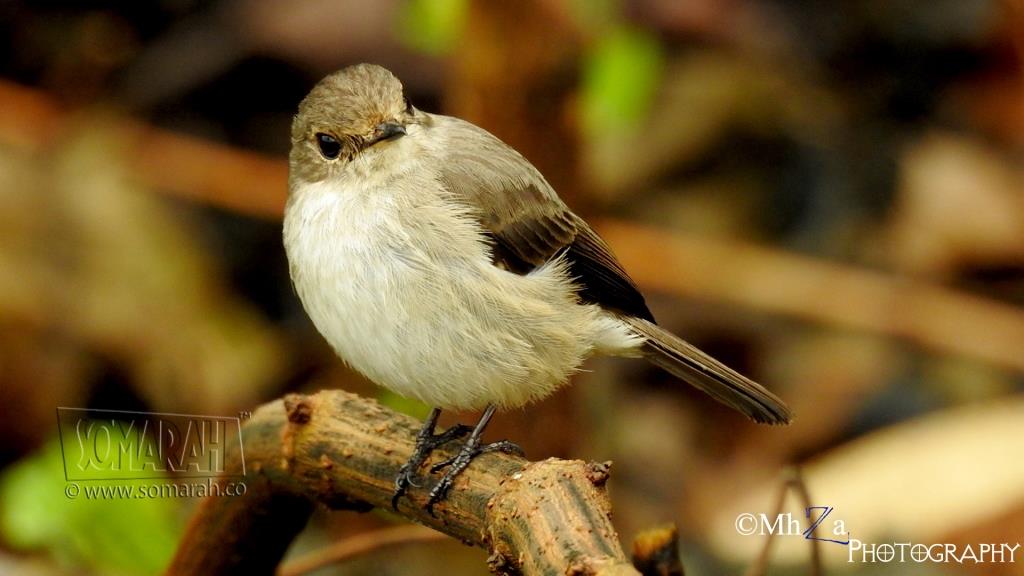
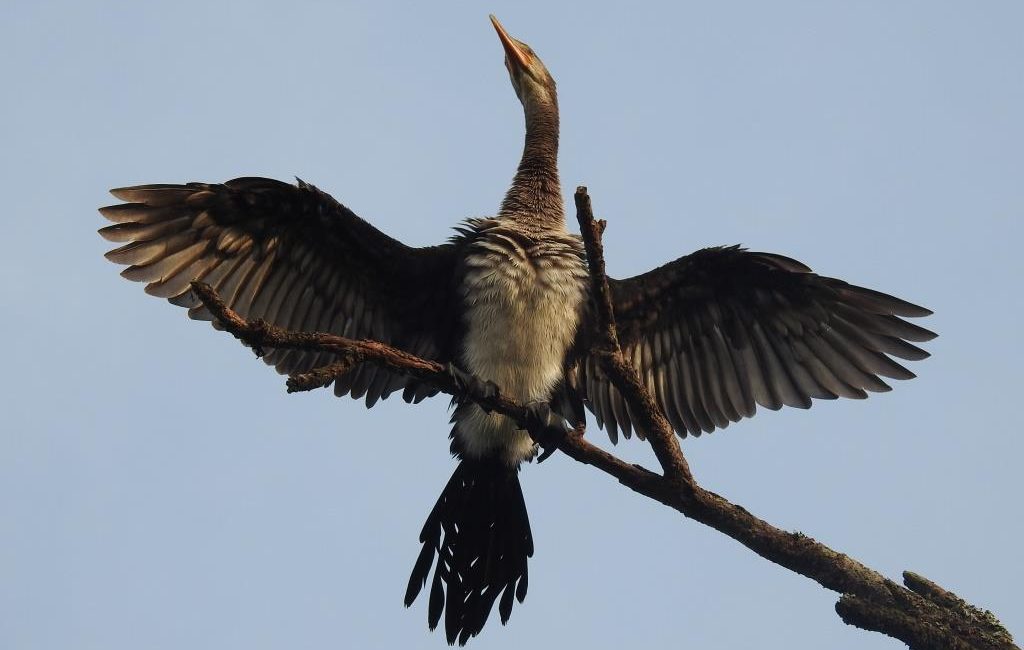
Murchison Falls
Birds recorded: 460 species.
Murchison Falls National Park derives its name from the Murchison Falls where the mighty River Nile explodes through a narrow gorge and flows down to become a placid river whose banks are thronged with Hippos, Crocodiles, Waterbucks and Buffaloes. The vegetation is characterized by savannah, riverine forest and woodland. A variety of unique habitats and lots of superb birds make a visit to Murchison Falls National Park a must for every birder. The birding experience here is greatly enhanced by the abundant wildlife and scenic landscape. A variety of birds like Herons, Cornmorants, Ducks, Bee-eaters, Fish Eagles, Kingfishers and sometimes the rare shoebill. The Shoebill is an important tourist attraction of park, the only park where one is almost certain of seeing the bird, which is regularly recorded along the Nile inside the park, especially at the delta and on two islands in the river. Lesser Flamingo and Great Snipe have occasionally been recorded. The park is particularly important for Sudan-Guinea Biome species with 14 of 22 species recorded in the park. Four of 12 Lake Victoria species, 11 of 44 Guinea-Congo forest species, six out of 86 Afrotropical Highland species and three of 32 Somali-Masai Biome species. When the flow of the Nile is low, African Skimmers congregate on sand banks a few kilometers below the falls, but none are present at times of high water when the banks are flooded.
Habitat: Montane forest with bamboo (Arundinaria) on the lower slopes,health and Afro-alpine moorland on higher slopes.
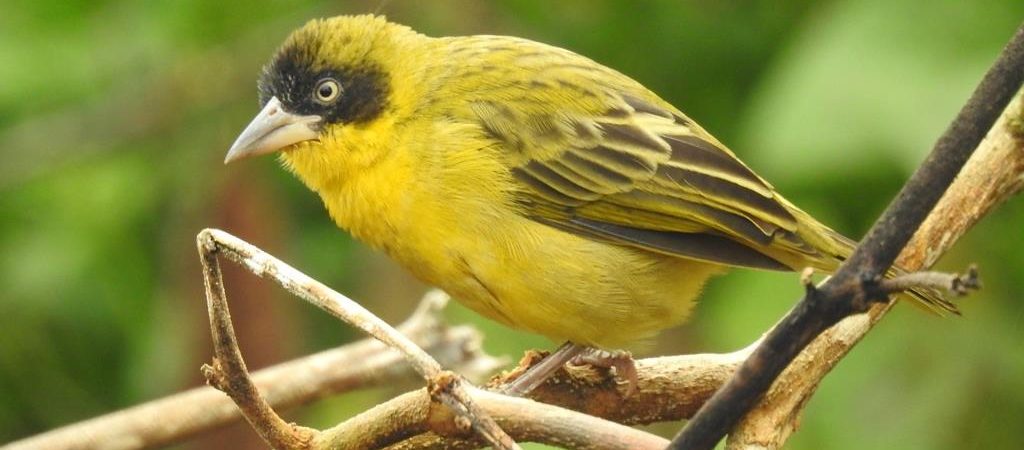
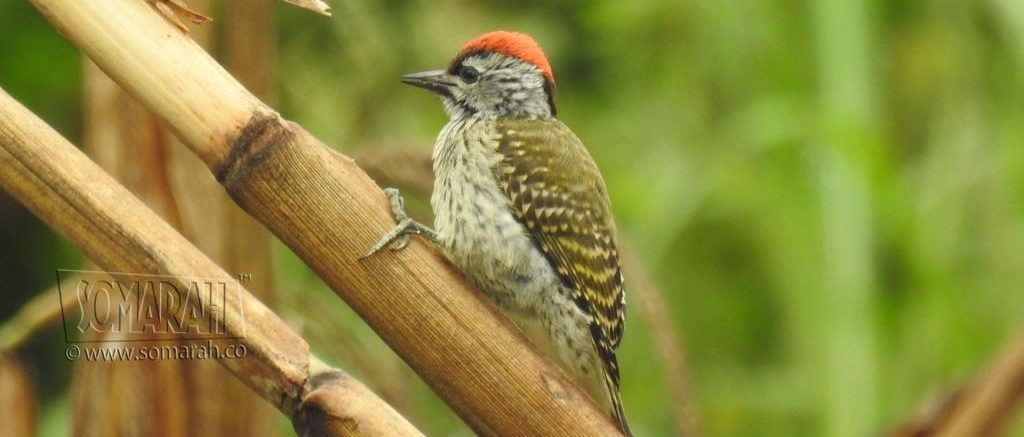
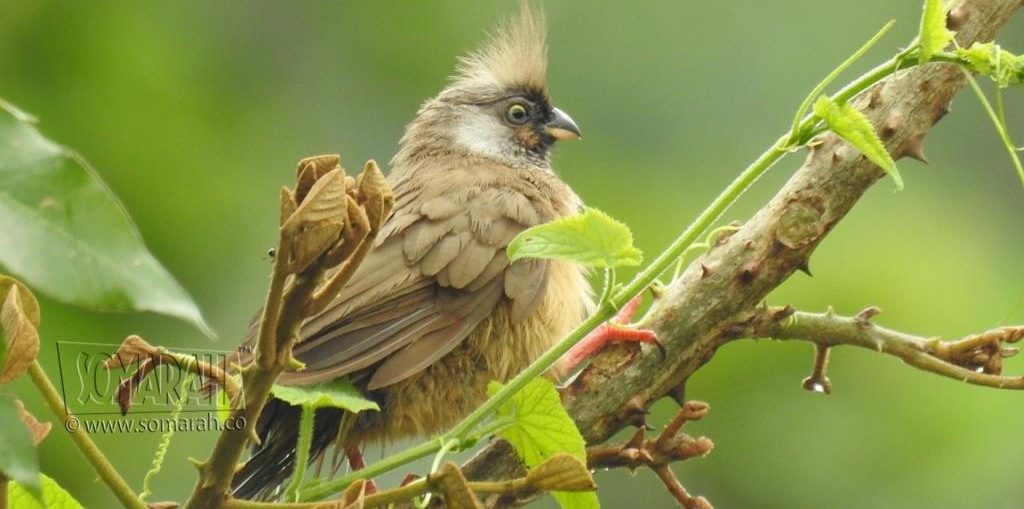
Rwenzori Mountains National Park
Birds recorded: 217 species.
The fabled “Mountains of the Moon” lie in Western Uganda on the Congo border with snow covered, equatorial peaks rising to a height of 5110m and lower slopes blanketed in moorland and rich montane forest. A trip into the Rwenzori is an exhilarating and rewarding experience but one, which must be well planned. The key to an enjoyable visit is to “be prepared” the central circuit hike takes six nights/ seven days and reaches an altitude of 14,000 ft (4,267m) above sea level. The conditions on the mountain are a challenge to even an experienced hiker. This mountain is renowned for its un-engineered, steep and slippery trail and frequent rain. Rain and cold temperatures, bogs, mud, steep terrain and high altitude make a challenging trip. Never the less it is exciting, you need to try it. In total, 217 species have been recorded in the park. The park contains 18 restricted range species Albertine endemics, the second highest in Uganda to Bwindi Impenetrable National Park which has 24 restricted range species. In addition, the park has 60 of 86 afro tropical highland biome species, the second highest of these after Bwindi Impenetrable. They include some rare and spectacular birds like the Rwenzori Turaco, Bamboo Warbler, Golden-winged Sunbird, Scarlet-tufted Malachite Sunbird and Stuhlmann’s Double-collared Olive-back.
There are also 17 species of the Guinea-Congo Forest Biome but all are well represented in other sites.
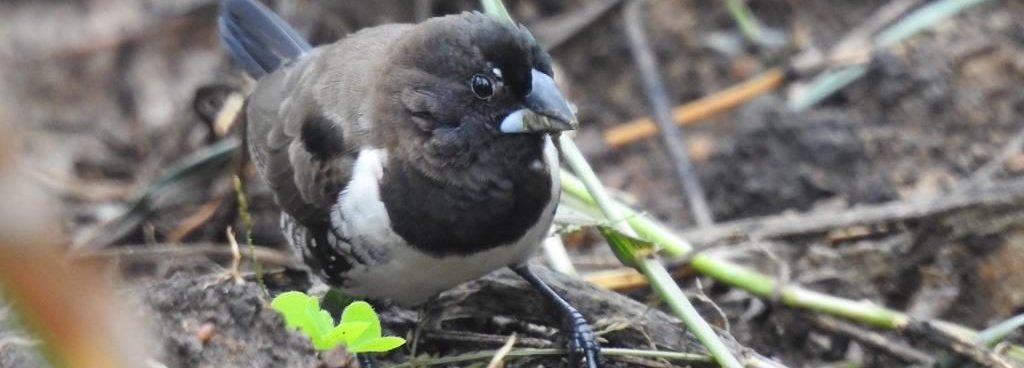
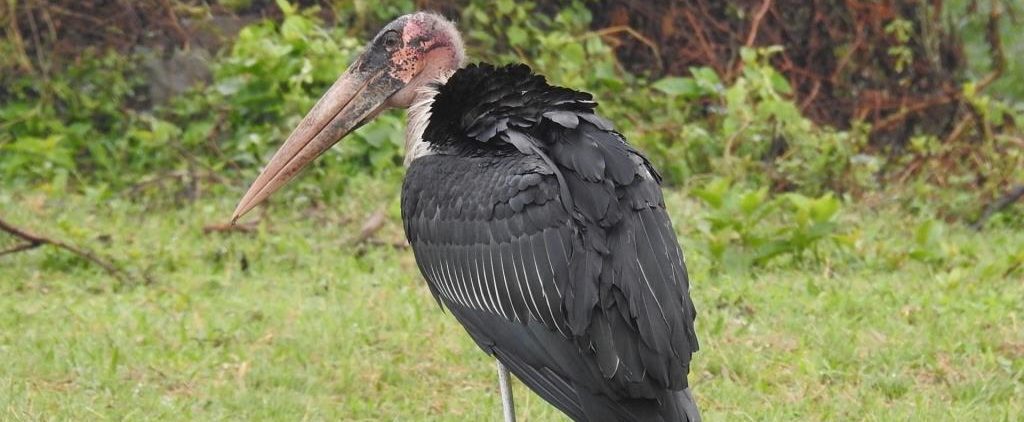
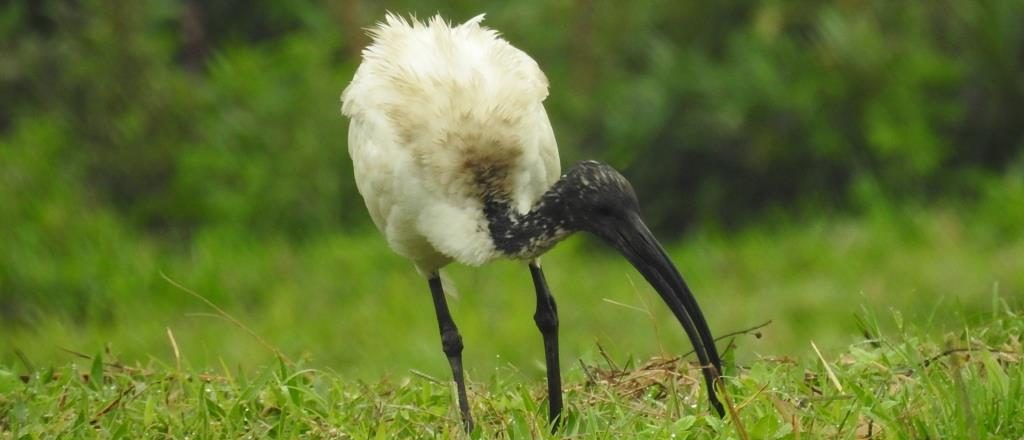
Semliki National Park
Birds recorded: 435 species
Semliki National Park is situated in the extreme West of Uganda, in the Bundibugyo District. It lies along the Uganda/ Democratic Republic of Congo (DRC) border within the Western arm of the East African Rift Valley. In the Southeast are the Rwenzori Mountains, to the West is the DRC and to the North are the Semliki flats and Lake Albert further on. Semliki National Park is an Eastern extension of the vast Ituri forest in DRC. It forms part of the forest continuum resulting out of the climatic upheavals of the Pleistocene and therefore one of the richest areas for both flora and fauna in Africa. Jungle life in Semuliki National Park is breathtaking especially for birders, primate, butterfly and plant lovers. Semliki Forest represents the only example of Congo-Basin vegetation in Uganda. A large number of Guinea-Congo biome species reach their Eastern limits here, which makes it one of the richest for forest birds in the country.
No less than 131 of the 144 Guinea -Congo forest Biome species have been recorded in Semliki Forest, as well as 31 Guinea Congo Biome species, and 39 others that are only known from Semliki National park in Uganda. Other species such as White-tailed/Piping Hornbill, Capuchin Babbler and Blue-headed, Crested flycatcher, the Orange Weaver is common along the Northern shores of Lake Victoria and the Red-billed Malimbe, Papyrus Gonolek and Caruthers’s Cisticola are recorded. The site also has two restricted range species, and surprisingly, six Afrotropical highlands biome species; all widespread elsewhere. Other interesting species include some of the continent’s most spectacular and sought-after birds such as Congo Serpent Eagle, Long-tailed Hawk, Nkulengu Rail, Black-wattled Hornbill and Lyre-tailed Honeyguide.
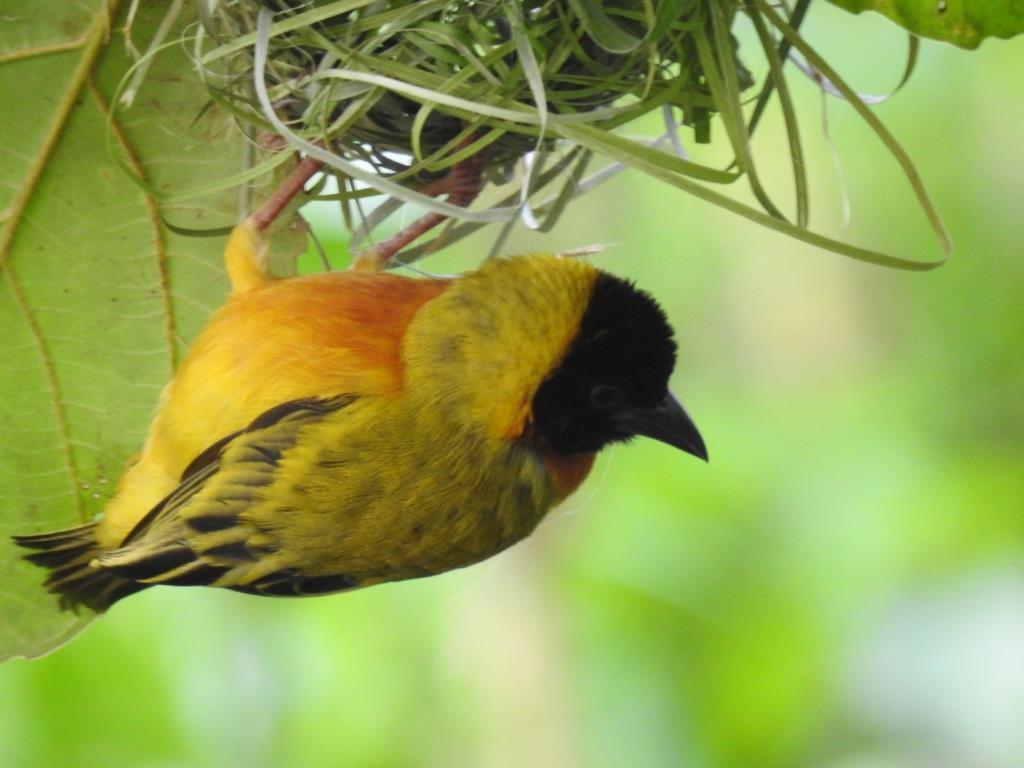
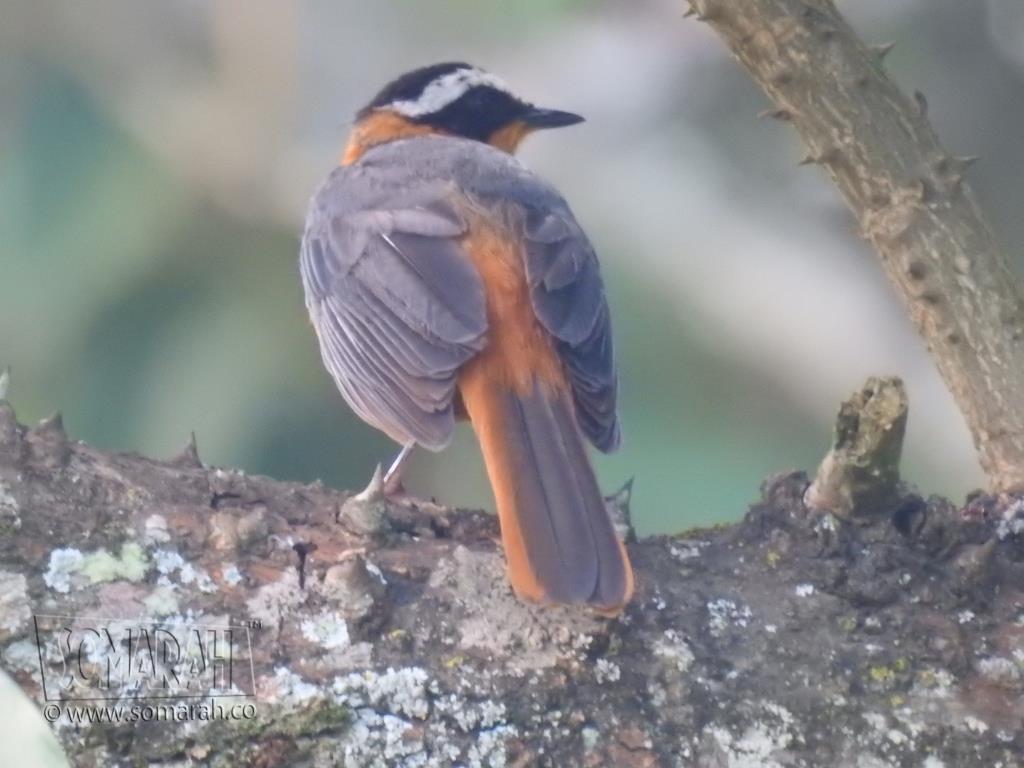
Bwindi Impenetrable National Park
Bird species recorded: 357 species
Bwindi Impenetrable Conservation Area lies in the rugged Kigezi highlands of South Western Uganda, protecting a continuum of forest that ranges from montane to low land areas. It is this altitudinal variation, combined with its location within the Albertine Rift that results in Bwindi impenetrable being the richest forest in East Africa in terms of its trees, butterflies and birds. Bwindi is a home to about 400 Gorillas, which is half of the world’s population of mountain gorillas.
Bwindi is a bird watchers’ haven, it holds 347 species of birds. The forest has 10 of the 26 globally threatened species in Uganda, five of which are vulnerable. Bwindi has 23 of the locally habituated Albertine Rift endemic species in the country and some, such as African Green Broadbill, Chapin’s Flycatcher and Shelley’s Crimsonwing have limited distributions elsewhere in their range. Bwindi has 76 of 144 Guinea -Congo forest biome species that occur in Uganda, recorded especially in the Northern sector. The site also qualifies for Afro tropical highland biome species with 68 of 86, and for the Lake Victoria biome with 4 of 12 species.
The park is blessed with 90% of all Albertine Rift endemics, difficult or impossible to see in any other part of East Africa and seven IUCN red data listed species. An experienced birder watcher can identify over 100 species in a day. Birds are both plentiful and easy to see; many species associating in mixed feeding flocks that are active throughout the day. An early start offers the best chance of finding the striking Handsome Francolin, Cinnamon-chested Bee-eater, Western Green Tinkerbird, Mountain and Yellow-streaked Greenbuls, Mountain Masked and Chestnut-throated Apalises, Red-faced Woodland Warbler, Rwenzori Batis, White-tailed Crested Flycatcher.
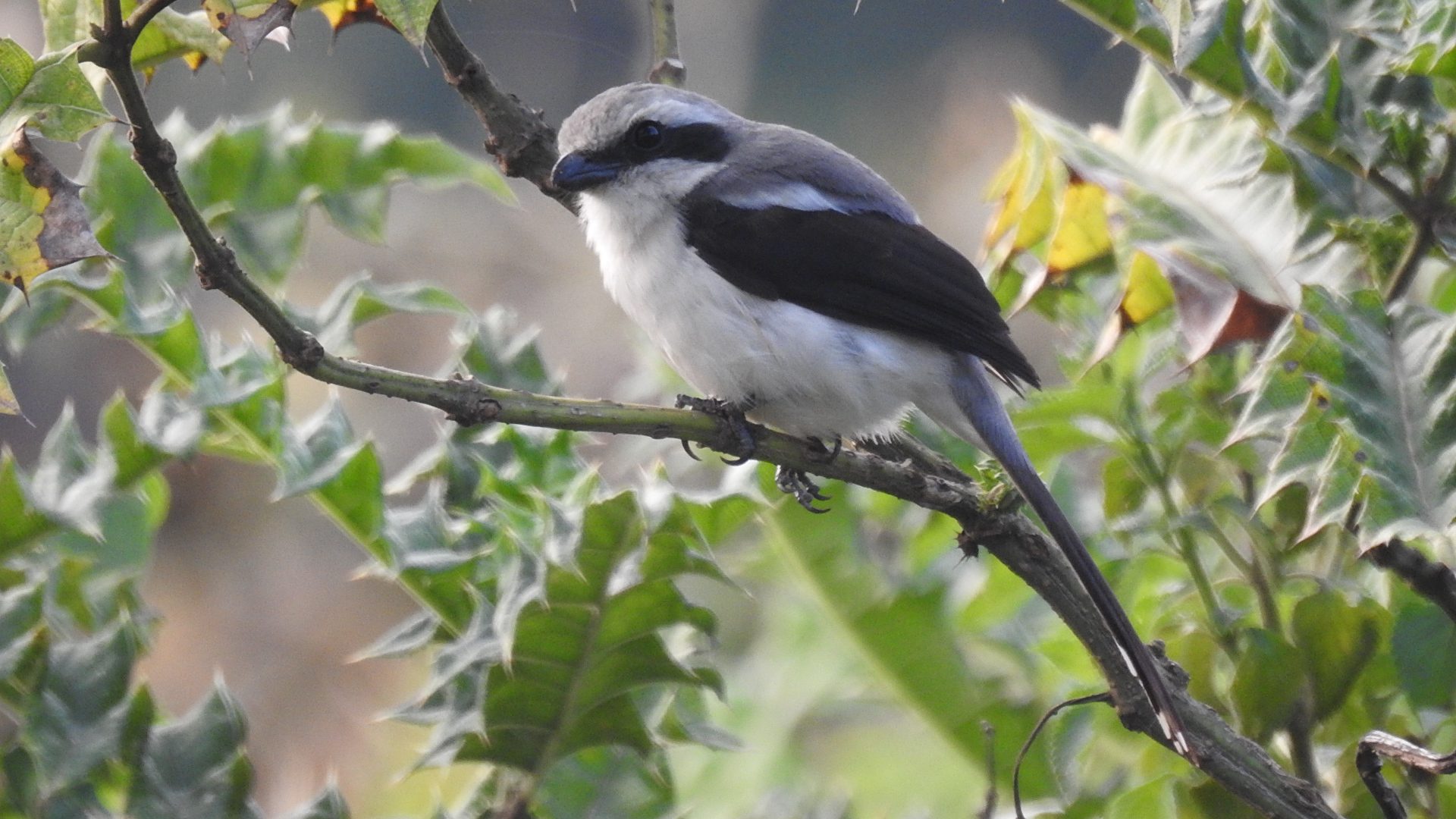
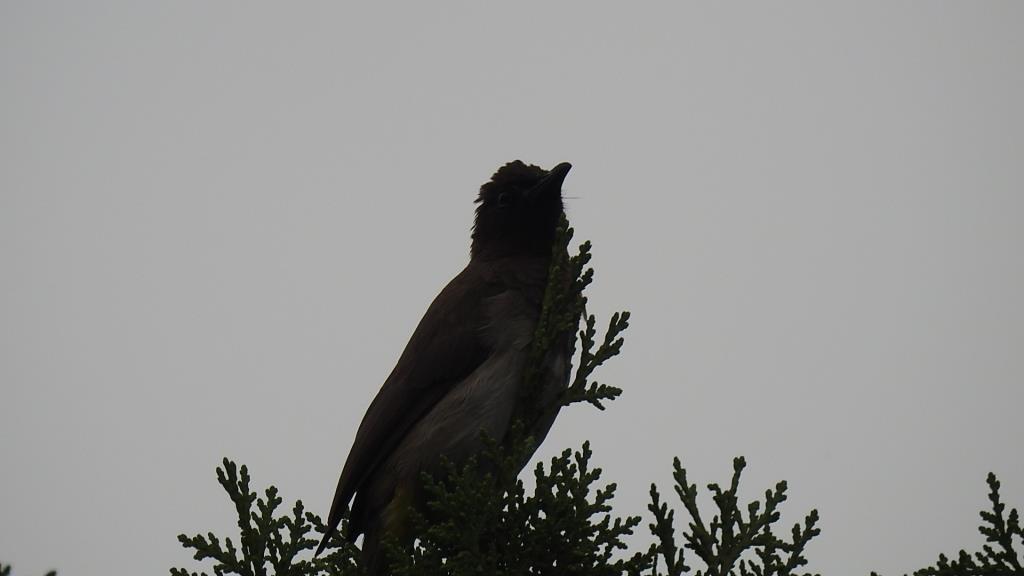
Kibale National Park
Birds Recorded: 340 species
Kibale National Park is an extensive national park, protecting a large block of rainforest that offers excellent flora and fauna. With lush tropical rain forest and fascinating diversity, it is one of the most beautiful and stunning forests in Uganda. It harbours the greatest variety and concentration of primates found anywhere in East Africa. It is a home to the largest number in Uganda to the endangered Chimpanzee as well as the Red Colobus. In Kibale, bird watchers look out for the Nahan’s Francolin, an endangered species found in three other forest reserves, the Forest Ground-thrush recorded in only two other IBAs. Other interesting species include Yellow-spotted Nictor, Yellow-ramped Tinkerbird, Speckled Tinkerbird, Little Greenbul, Superb Sunbird, African Pitta, White-thighed Hornbill, Grey-winged Robin, Blue-shouldered Robin-chat, Yellow-spotted Barbet, Black-billed Turacco, White-naped Pigeon, Green-breasted Pitta, Purple-headed Starling, Red-chested Flufftail, Joyful Greenbul, Cabanis Greenbul, Grey-throated Tit-flycatcher, Scarlet-tufted, Green-throated, Purple-breasted Sunbirds, White-bellied Crested Flycatcher, Masked Apalis, Tiny Sunbird, White-collared Olive-back and the Black bee-eater.
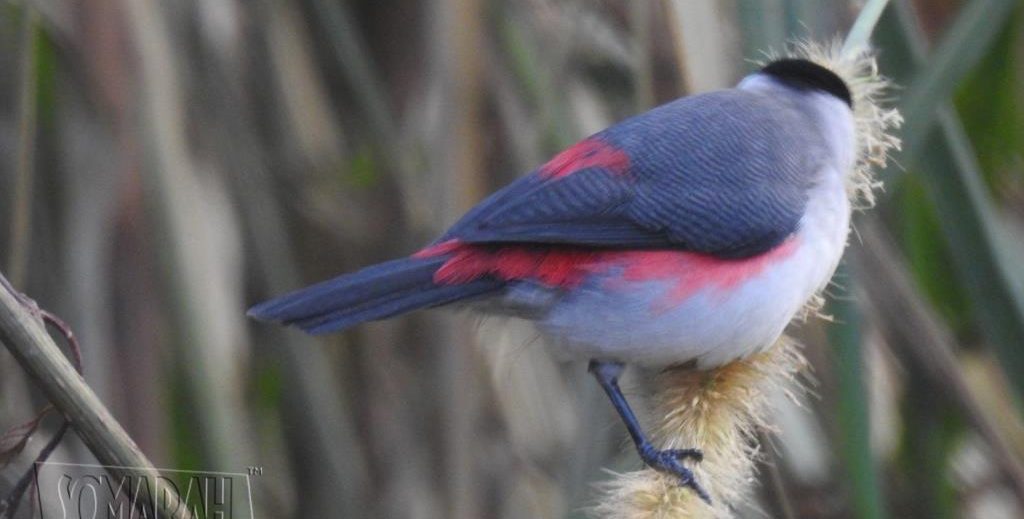
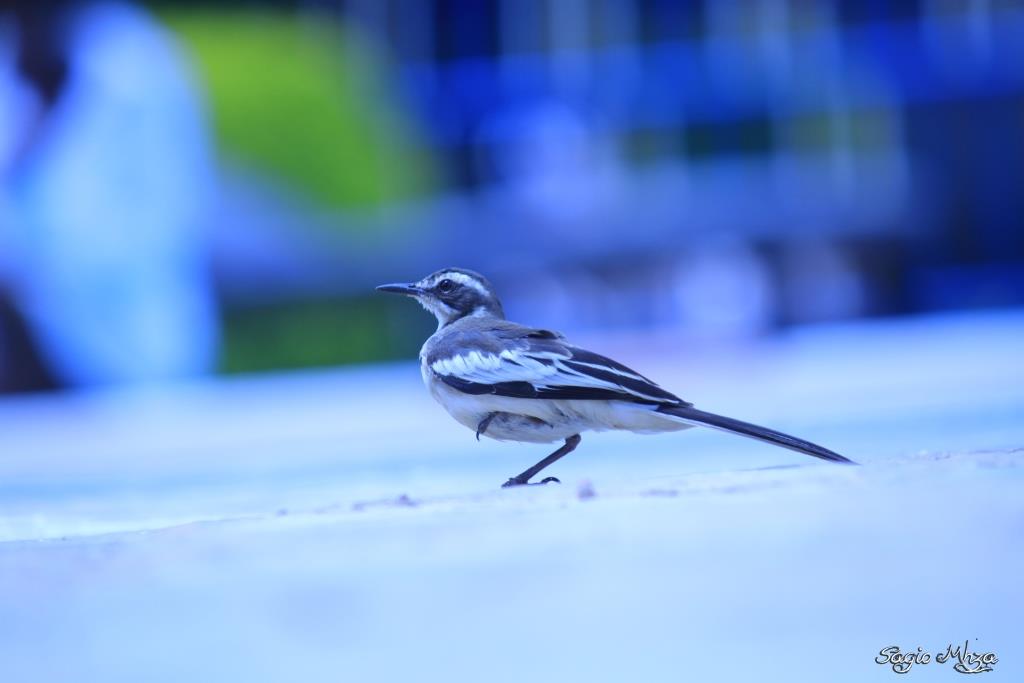
Queen Elizabeth National Park
Birds recorded: 610 Species
Uganda’s best bird watching sites, an incredible bird list of 610 bird species and an overwhelming record of 296 species in a single day, makes this birding site the highest not only in Uganda but in Africa!. A variety of bird species include; African Morning Dove, Grey-headed Kingfisher, Black-headed Gonolek, Slender-billed, Yellow-backed and Lesser-masked Weavers, Pin-tailed Whydah and Black-winged Pratincole, the Spectacular Saddle-billed, Woolly necked Storks. Other species include the Bateleur, Grey Kestrel, Lappet-faced, Ruppell’s Griffon, White-backed and Palm-nut Vultures, African Crake, Black Coucal, Common Button, Harlequin and Black-rumped Quails, Red-necked Spurfowl, Rufous-naped and Flappet Larks, African Skimmers, Great-white and Pink-backed Pelicans, Great and Long-tailed Cormorants, Open-billed Stork, African Skimmer, White-faced Whistling Duck, Marsh, Wood and Common Sandpipers, Malachite Kingfisher, African Jacana, African Wattled Plover.
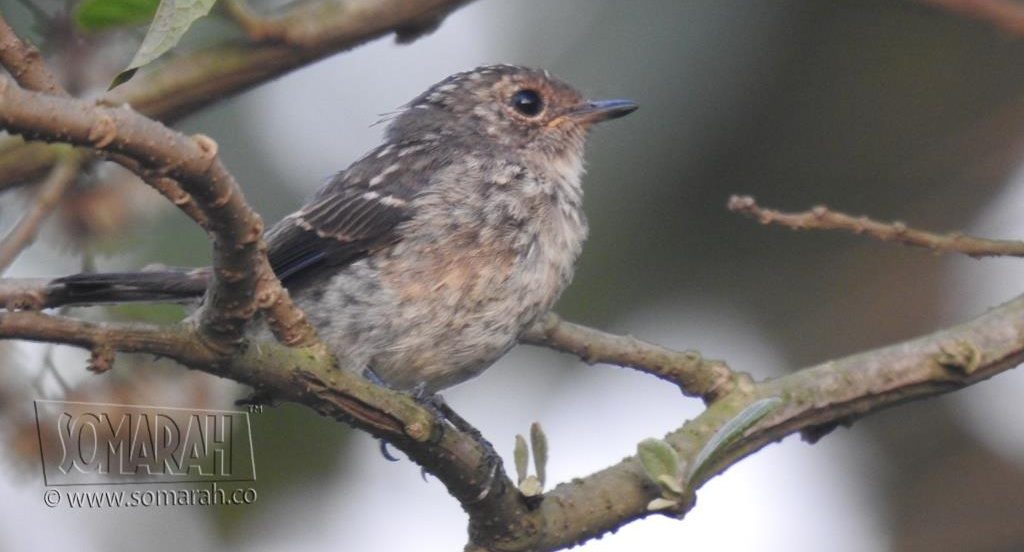
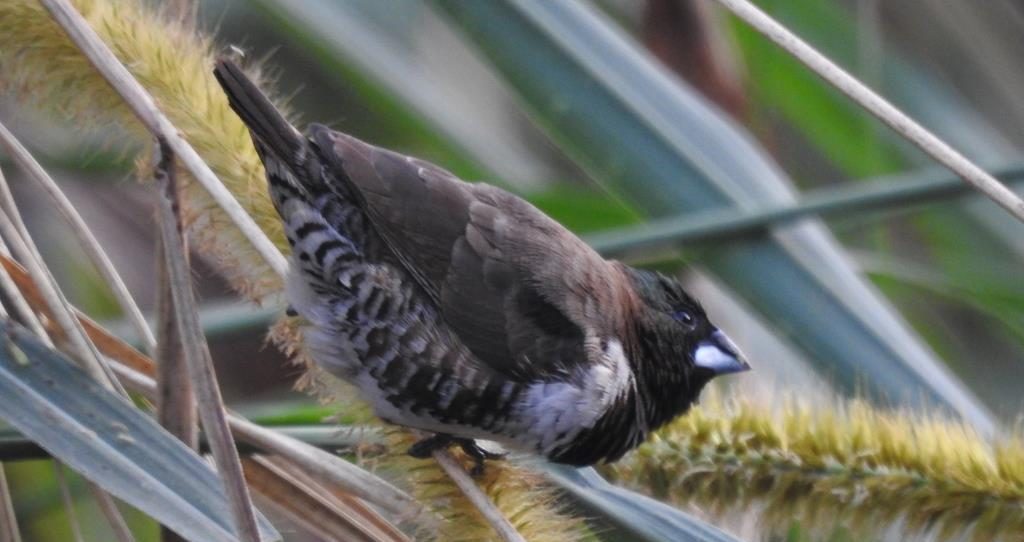
Mabamba Wetland
Bird species Recorded: 260 species
Mabamba is an extensive marsh stretching through a long narrow bay, fringed with papyrus towards the Western main body of Lake Victoria in Mpigi District. It has the status of an unprotected area with bird categories, globally threatened species and Lake Victoria Basin biome species. This Important Bird Area (IBA) is one of the best marshy areas along the Northern shores of Lake Victoria for bird watching, it is the closest place to Kampala. The climate is similar to other areas of the Northern shorelines of the lake (1200 – 1500mm of rain with average minimum temperature of 17°C and average maximum temperature of 26°C).
Mabamba bay has grown into one of the most interesting and spectacular sites for birding in Uganda and is one of the wetlands of International Importance. Mabamba has become one of the strong holds for the migrant Blue Swallow with over 100 individuals recorded every year. Mabamba has been surveyed in recent years and now boosts of over 260 species with one day’s record of 157 species. There are other four globally threatened species and other species of regional significance i.e.; the Pallid Harrier, Papyrus Gonolek, White-Winged Warbler and the Blue Swallow. The Shoebill feeds primarily on Lungfish (Protopterus aethipicus), which is also cherished by the local community and are regularly recorded.lRecent visits also confirmed presence of flocks of other species especially migrants such as Gull-Billed Terns, White-Winged Black Terns and Whiskered Terns, and residents such as Grey-Headed Gulls. Other interesting species found in the marsh include good numbers of Goliath Herons, Spur-Winged and Pygmy Geese, Malachite Kingfisher, Papyrus Canary, Northern Brown-throated Weaver, Carruther’s Cisticola and a number of other birds. Five Lake Biome species have also been recorded here.
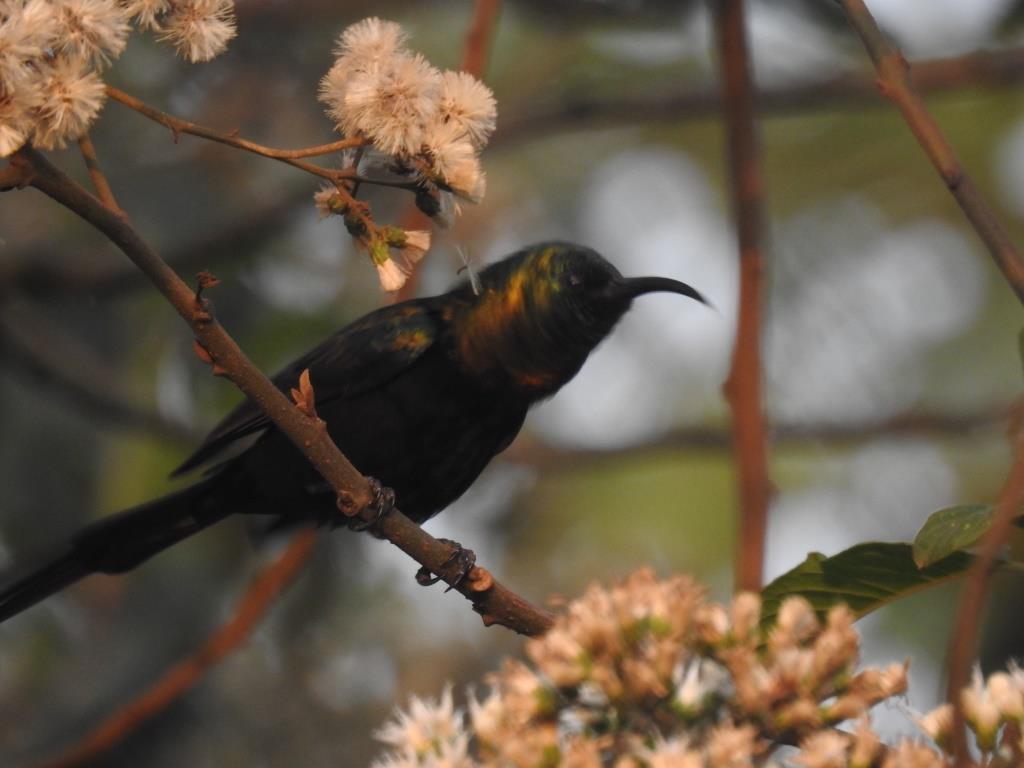
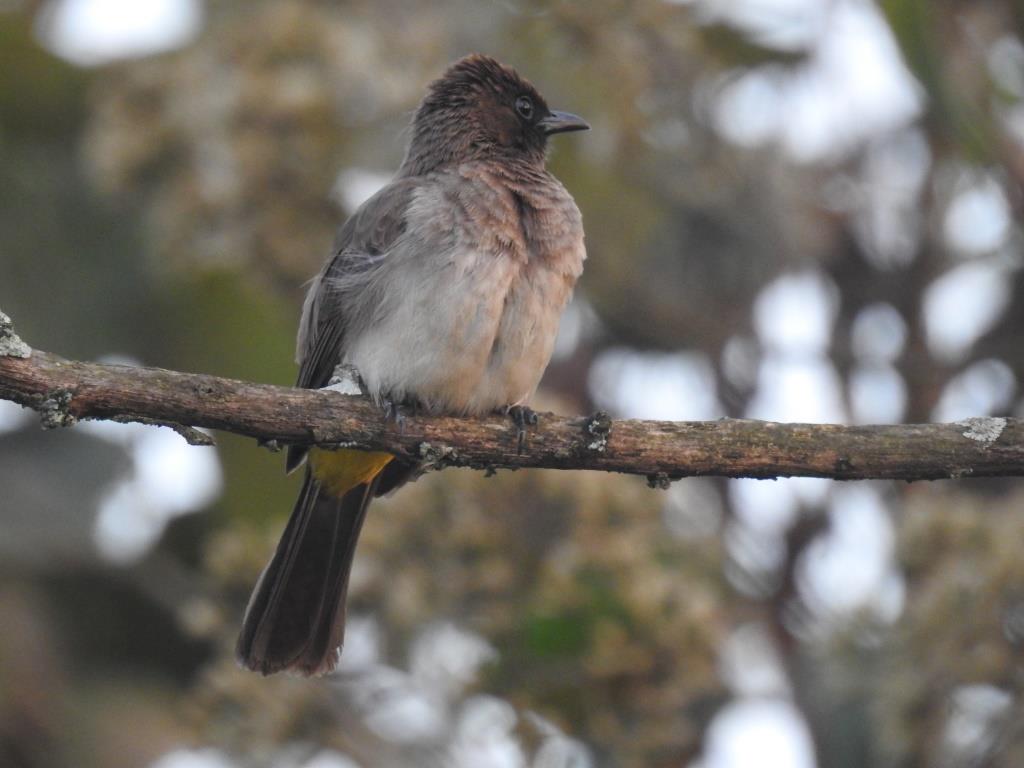
Budongo Forest Reserve
Birds recorded: 360 species.
Budongo Forest Reserve, one of the most important birding areas in Uganda, lies on then escarpment North-East of Lake Albert. It consists of a medium-altitude moist semi-deciduous forest (covering 42,800ha), with areas of Savanna and Woodland. The reserve occupies gently undulating terrain, with a general slope North-North-West towards the rift valley. The forest is drained by four small rivers (Sonso, Waisoke, Wake and Bubwa) which flow into Lake Albert. Budongo has five main forest types: colonizing, mixed, Cynometra, Cynometra-mixed and swamp-forest. The majority of the reserve is covered by tropical high forest communities. Medium-altitude semi-deciduouos Cynometra-celtis forest covers about half of the site and Combretum savanna is wide spread in the drier areas. There are Eco-tourism sites at Busingiro and Kanio Pabide. Two species of birds found in Budongo forest are not found elsewhere in East Africa. The forest is the second most Important Birding Area in Uganda (after Semliki National Park) for species of the Guinea-Congo forest Biome. Yellow-footed Flycatcher, only known from Budongo in Uganda, used to be common in mature forest, but is now extremely hard to find.
Other bird species in Budongo include; Sabine’s Spinetail, Cassin’s Spinetail (rare), Pygmy Crakes, Kingfishers( Chocolate-backed, Blue-breasted, Dwarf), White-spotted Flufftail, Ituri Batis, Puvell’s Illadopsis, Brown Twinspot, Cameroon Sombre Greenbul, Cassin’s Hawk-eagle, Crowned Eagle, Yellow-crested Woodpecker, Forest Robin, Little Green Sunbird, Grey-headed Sunbird, Olive Green Camaroptera, Blue-throated Roller, African Pied , Piping, Black and White Casqued Hornbills, Speckled Tinkerbird, Yellow-spotted Barbet, Cassin’s Honeyguide, African Shrike Flycatcher, Jameson’s Wattle-eye, Chestnut-capped Flycatcher, Yellow-browed Carmaroptera.
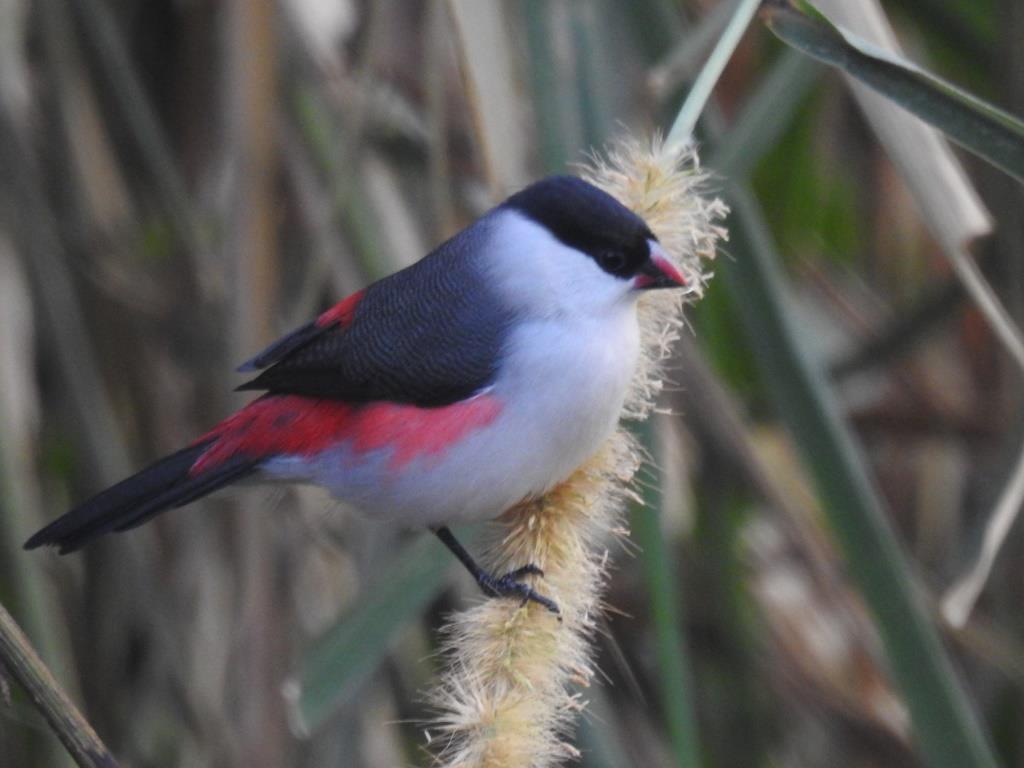
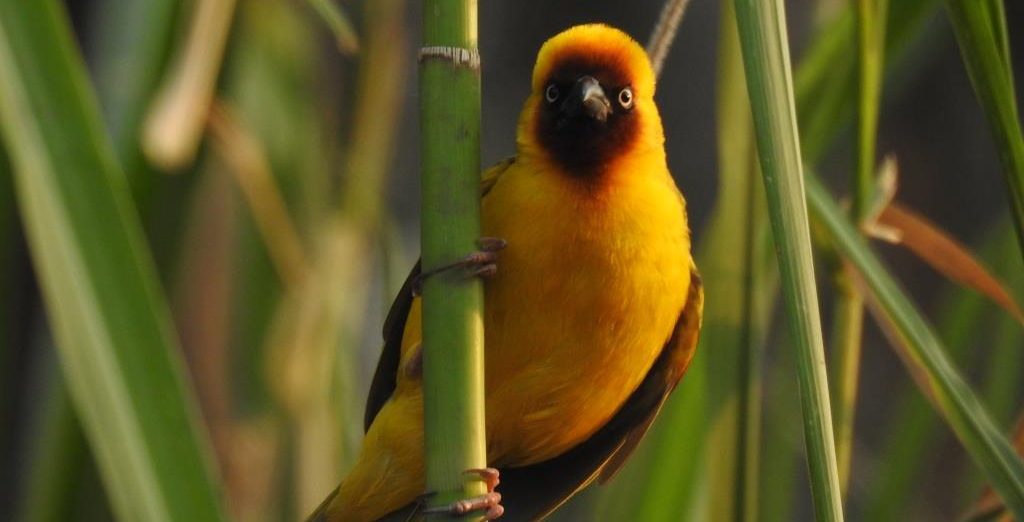
Mabira Forest Reserve
Bird Recorded: 300 species.
Mabira Forest Reserve is the largest block of moist semi-deciduous forest remaining in the central region of Uganda. The reserve occupies gently undulating country, characterized by numerous flat-topped hills and wide-shallow valleys. Some of these valleys have papyrus (Cyperus papyrus) swamps. The topography is such that the land drains to the North, even though the reserve’s Southern boundary lies only 13 km from the shores of Lake Victoria. Many species of the Guinea-Congo Forests biome are not well-represented in other protected areas in Uganda, for instance; Nahan’s Francolin, Black-Shouldered Nightjar, Capuchin Babbler, Yellow and Grey Longbills, Yellow-Mantled Weaver. The site also holds one species of the Sudan-Guinea Savanna biome and four of the Afrotropical Highlands biome. There are over 10km of well maintained trail systems for birding nature walks.
